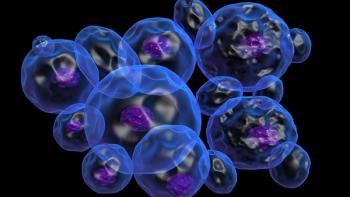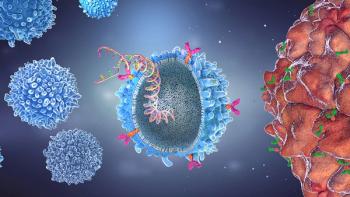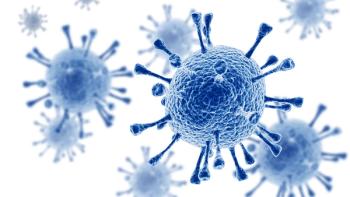
Process and bioreactor performance are directly impacted by real-time monitoring capabilities.

Cynthia A. Challener, PhD, is a contributing editor to BioPharm International.

Process and bioreactor performance are directly impacted by real-time monitoring capabilities.

Stable producer cell lines show real promise despite continued development challenges.

Sourcing of donor cells, access to fit-for-purpose reagents and manufacturing systems, and scalability are top issues.

Despite many development challenges, stable producer cell lines show real promise.

When one is using continuous hot-melt extrusion to enhance solubility, process control is essential.

Media developers and vector manufacturers face a combination of challenges and opportunities.

Batch-to-batch variability and impurities present critical challenges.

Optimization strategies that leverage advanced technologies are essential for maximizing yield and quality.

Stability and in vivo performance aren't just affected by lipids.

The breakthrough approach is commonly used, but the devil is in the details.

Key challenges posed to autologous and allogeneic treatments could be resolved by in-vivo CAR-T gene therapies.

Process and plasmid design optimization, disposable equipment, and flexible platform processes all play important roles.

In vivo CAR-T gene therapies could overcome the challenges faced by autologous and allogeneic treatments.

Messenger RNA is inherently unstable and thus requires unique solutions to protect its cohesion.

Affinity chromatography resins must perform well under mild elution conditions yet withstand robust cleaning and sanitization protocols.

Digitalization of bioprocessing is slowly bringing benefits to the biopharma industry.

Increasing molecular diversity is creating a need for the reinvention of process development and control strategies.

Both demand for and investment in fill/finish capacity continue to rise.

A holistic view of the product, manufacturing, and ultimate use of the viral vector is required.

Manufacturers are taking the first steps toward process intensification.

Enriching process understanding enables robust process controls.

Linking structure with function is paramount.

Some progress has been made, but improvements are needed when harvesting cells for cell therapies.

Battles against antibiotic-resistant bacteria can be won with bacteriophages.

With high-concentration biologics, careful selection of excipients in formulation is crucial for reducing viscosity without destabilizing the protein.

The need to increase efficiency and productivity is driving adoption.

Careful selection is essential for achieving viscosity reduction without protein destabilization.

Analytical approaches must keep pace to ensure the identity, safety, and efficacy of evolving mRNA candidates.

Multispecific analysis is complex but can be achieved using appropriate strategies.

Timing is everything, and it might be ideal for acceleration of real-time monitoring solutions.